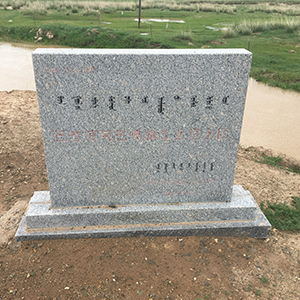Changes in and driving factors of the lake area of Huri Chagannao’er Lake in Inner Mongolia

All claims expressed in this article are solely those of the authors and do not necessarily represent those of their affiliated organizations, or those of the publisher, the editors and the reviewers. Any product that may be evaluated in this article or claim that may be made by its manufacturer is not guaranteed or endorsed by the publisher.
Authors
Inland lakes are an important component of the terrestrial water cycle in Inner Mongolia's typical steppe region, and their variations have far-reaching implications for the sustainable development of water resources in this region. Huri Chagannao'er Lake, one of Inner Mongolia's four major freshwater lakes and the second largest inland lake in the typical steppe region, was chosen as the research object. In this study, the spatiotemporal changes in the area of Huri Chagannao’er Lake over the last 30 years were analyzed using the modified normalized difference water index method and Landsat data. Then, we used regression analysis, correlation analysis, gray relational analysis, and Geodetector to investigate the potential causes of lake area changes. Changes in the lake's water balance, meteorological and climatic changes near the lake, and changes in land use and land cover in the drainage basin are all possible driving factors. Finally, the main driving factors of the lake area change are discussed in conjunction with the literature and field investigation, and measures and suggestions for the lake's sustainable utilization and protection are proposed. The findings revealed that i) from 1988 to 2017, the lake shrank from 98.99 km2 to 29.81 km2, with year 2000 marking the start of the dramatic changes in lake areas; ii) the lake shrinkage was primarily concentrated in the western part of the lake, while the eastern part of the lake remained stable; iii) human activities, such as water interception and storage, as well as excessive exploitation of water resources, were the most significant causes of the dramatic fluctuation in the area of the lake's western part; iv) climate change also had some influence on the lake area changes. The regional climate became warmer and drier, reducing the amount of water entering the drainage basin. The findings of this study highlight the dominant role of human activity intensity in lake area changes and provide a theoretical foundation and technical support for the study of inland lakes in Inner Mongolia's typical steppe region.
Edited by
Mariano Bresciani, CNR-IREA Milan, ItalySupporting Agencies
General Program of National Natural Science Foundation of ChinaHow to Cite

This work is licensed under a Creative Commons Attribution-NonCommercial 4.0 International License.






